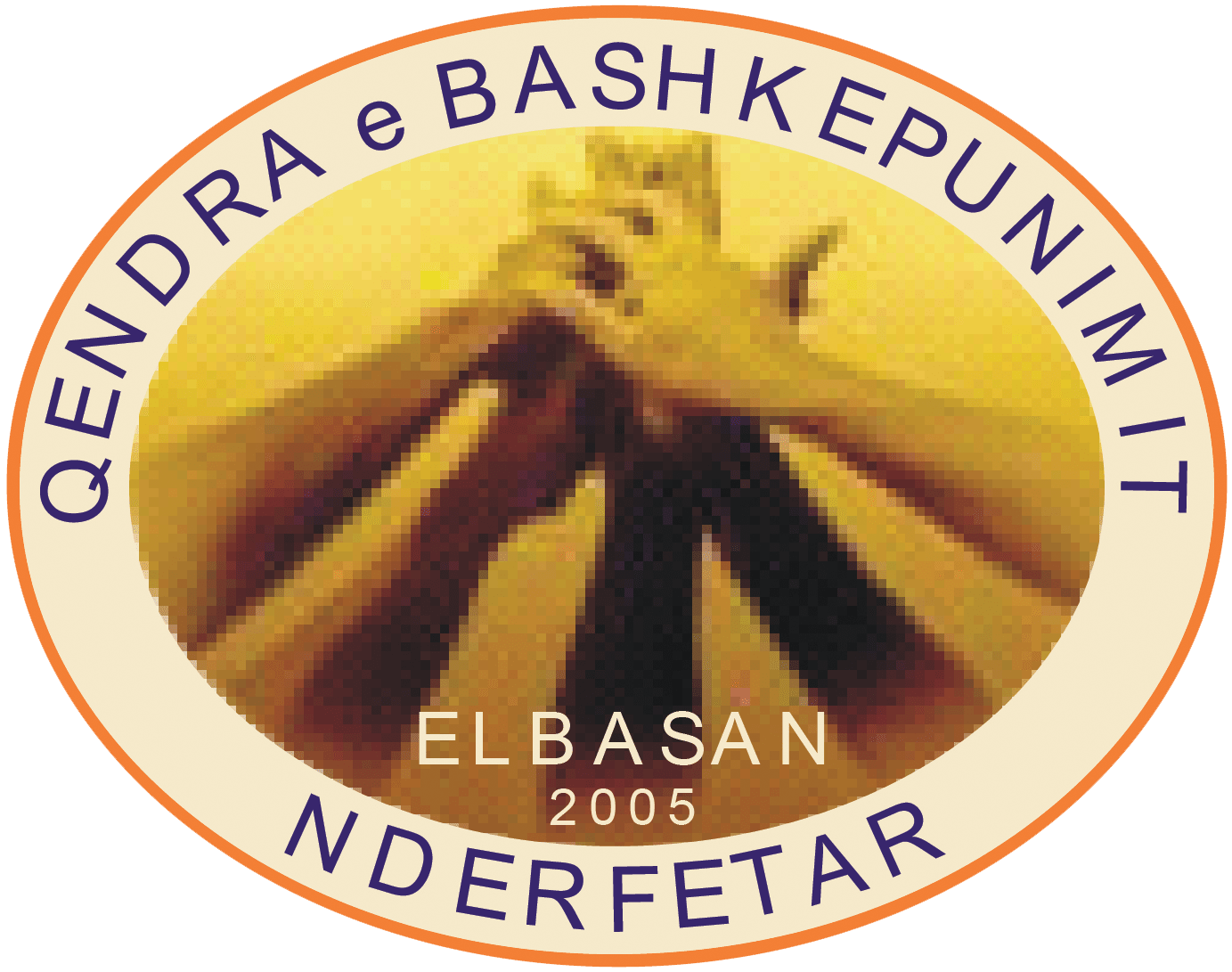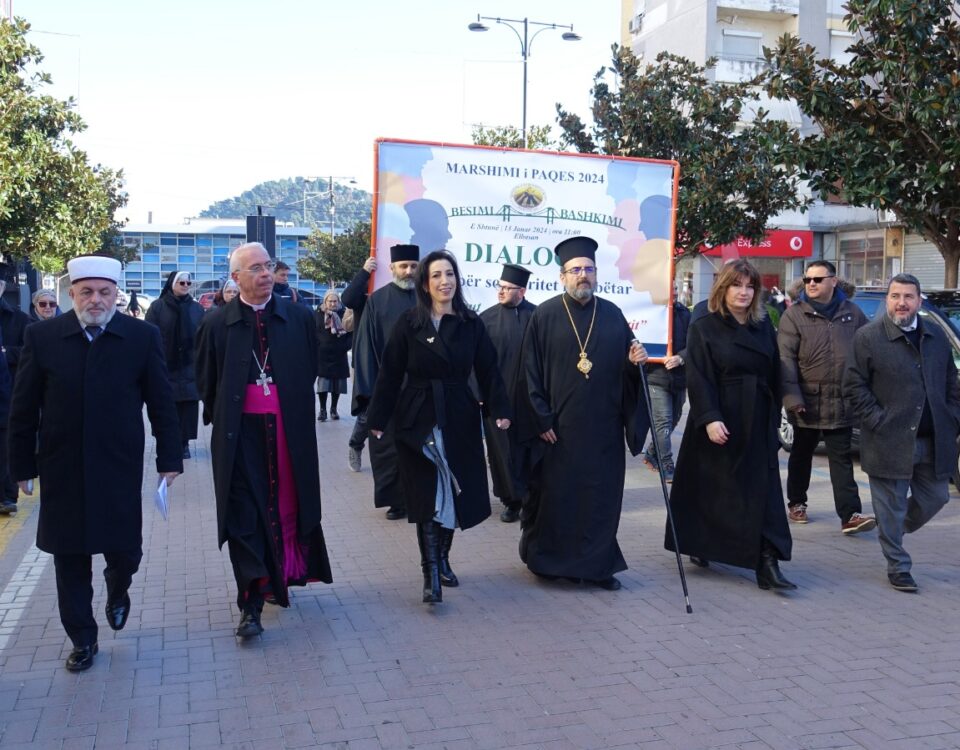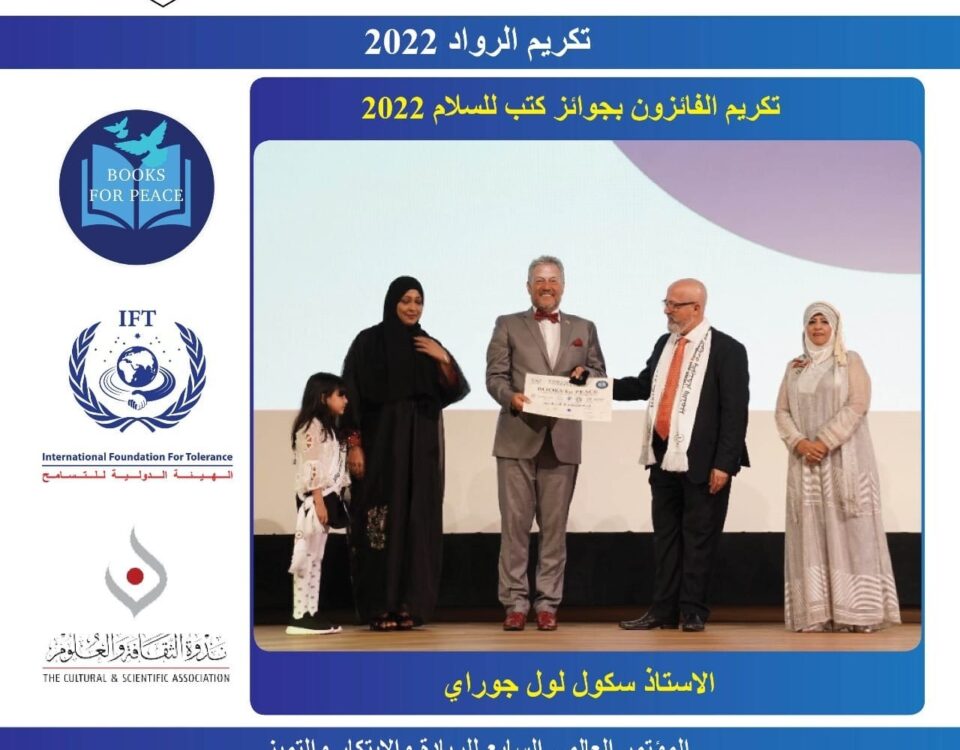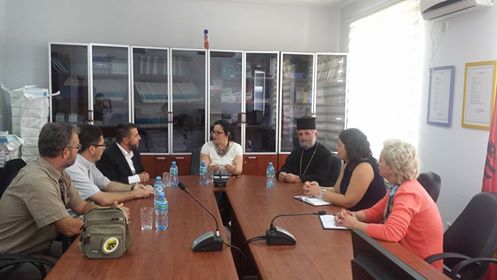
Meeting with Commissioner for Protection from Discrimination
September 19, 2016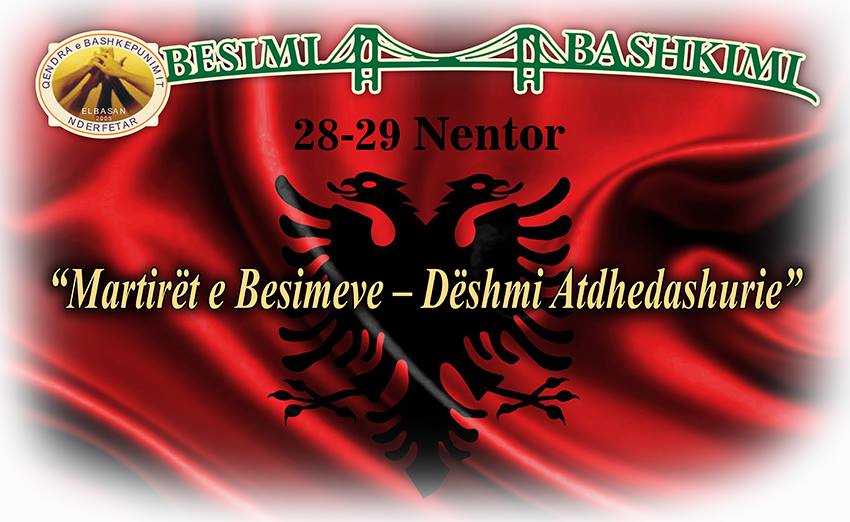
“The martyrs of beliefs – Evidence of patriotism”
November 30, 2016

I gratefully welcome the organizers of this conference, everyone attending.
My short presentation will show the value of inter-religious dialogue as an essential instrument to counter violent extremism, in whatever form it is presented. I propose to you 6 key points, important to understand the topic and the following discussion.
Lack of dialogue
A lack of dialogue produces:
- Stereotypes, the result of insufficient knowledge, and wrong assumptions.
- A climate of mutual distrust, pessimism in all humanity, rendering us unable to build meaningful meetings.
- Intolerance and discrimination based off of stereotypical images of others;
- Fertile ground for extremism.
- The removal of opportunities to enjoy the positive aspects of other cultures and religions.
Dialogue
The word dialog (from the Latin dialŏgus in ancient Greek διάλογος, originating διαλέγομαι means “to talk, to discuss,” and is composed of “Dia”, which means “through” and “logos”, which means “word-speech.” So the word dialogue shows that the verbal comparisons of two or more people as instruments to express different feelings and discuss ideas that are not necessarily opposed.
The dialogue is a respectful and open exchange of views between persons, groups, and of communities.
Establishes:
- The freedom and ability to express ourselves
- The willingness and ability to listen to one another;
Dimensions of Culture
In the dialog there are two dimensions:
- An expression of the personality of the people living features of their culture or faith, relative to the size. The size refers to objective historical and social realities (rules, institutions, etc.) in which the subjective dimension takes shape. These two measures support each other and are mutually conditional. It is important to consider them together.
- Size is a narrative that attempts to standardize the whole culture that man has developed in relation to the environment, and is an almost static vision of culture. Size guides not only the procedures, but also the traditions and values of of the people. This underlines the dynamism and creativity of the cultural development of people. Size as a guide can help you to avoid falling into relativism, or worse still, in contempt.
Terms of inter-religious dialogue
Essential conditions for inter-religious dialogue are:
- A preliminary stance of respect for others and trust based on sincerity and belief in their good faith. It is important for those who engage in inter-religious dialogue to consider that the position of the other party is their truth and the foundation of their values.
- A willingness to put in dialogue a review of their personal opinions. Those that conduct this dialogue are called to be strong in their convictions and to display them honestly, without false ecumenism.
Characteristics of inter-religious dialogue
Inter-religious dialogue is not meant to create a single and universal faith, nor is it a form of syncretism which mixes together all historical traditions, in a way that frustrates the practioners. Denying your own faith does not help us move forward in the dialogue, but it is precisely the awareness of our identity that allows us any kind of dialogue.
Inter-religious dialogue serves to build a strong identity. It helps us become secure in our identities, without changing the center of them. It helps us develop certain identities instead of walling other identities out. This helps us to not fall into the two ideological extremes of relativism and fundamentalism by creating bases of dialogue.
Safe behavior is the attitude by which we:
- Affirm our goals;
- Clearly express our beliefs;
- Communicate our ideas, our opinions;
- Avoid being dominated or trying to dominate others.
We trust in systems of meanings, within which the truths are part of a meaningful sequence. It is not possible to ask the believer to deny the existence of that which they believe in. Dialogue should not have the intention to convince others of your truth, especially in theology. What it should do is build the ground that makes meetings possible, because people are united in the constant search of the truth.
In dialogue we can recognize two levels:
- The doctrinal aspects;
- The human and social realities in which faith is expressed.
Inter-religious dialogue is not exclusively an argument of theologians. Inter-religious relations have a value that exceed the cross-cultural field of religious traditions, and are present in:
- The civil community;
- The political spheres;
- The culture;
Shallow Entertainment and Surface Level Engagement
These are behaviors that look trendy, but are more tied to a context other than consumerism. Inter-religious dialogue requires a deep search attitude and conviction to cross a new road, a road that is tough, not without risks, and has moments of silence. These inevitable difficult moments represent a universal truth.
According to Raimon Panikkar (Catholic priest, philosopher and theologian)
“The meeting of faiths is a vital need; it is natural and inevitable that the beliefs meet. History is woven, good and bad, from these meetings. Today this meeting takes place in time to accelerate and to promote the issues involving the planet: the world of communication, the migration of workers, the escape of refugees, because reality is always richer than any theory or concept. Each concept is a simplification and it is inevitable in the evolution of many cultural universes. The problem of pluralism arises when an incompatibility between different visions of the world and at the same time, they are forced to coexist and to seek their survival, while pluralism begins with the recognition of the other, which includes identity. The human being is a being in relation, and real pluralism emerges as another discovery. Pluralism does not mean to renounce many ways, but to define the many forms to achieve the same objective.
Religious dialogue should be:
Open: no one is excluded, nothing is neglected in principle.
Interior: starts with a question for interior wonder; and to touch the heart of those who dialogue.
Religious: faith contributes to cleaning; it fights against bigotry and builds bridges.
Political: dialogue is not a private matter there, for citizens. The dialogue has its roots in the human heart, but has its fruits in the assembly. It is a practice of having a new theory where every dialogue and every meeting has a political character.
Integral: it is not a task only for experts, but is a comprehensive approach, including a man in his entirety, not ideologies or doctrines protected.
Continuous: its aim is not to reach unanimity or a mixing of beliefs together; is a continuous process, completion / completion dialogue is not an end but a lifelong activity; in its dynamism, dialogue is always temporary and never complete. It is never finished; answers are never final. It is imperfect, in fact dialogue respects human life and life is a constant innovation.
Typology of inter-religious dialogue
From the standpoint of the European context and encouragement from many Christian traditions, we add a form that European culture can distinguish: ecumenical dialogue involving the various churches and growing Christian communities. It is difficult, but we have brought in the Charter ad Ecumenical 2001 of Strasbourg, as well as the work of the Conference of European Churches (KEK) and the Council of European Episcopal Conferences (CCEE).
Jewish-Christian dialogue, built on the ashes of the Shoah massacre, as well as inter-religious dialogue in the strict sense, includes the relationship between the major religious traditions. These years have seen a strengthened dialogue with Islam and other great monotheistic faith and great respect for oriental traditions.
